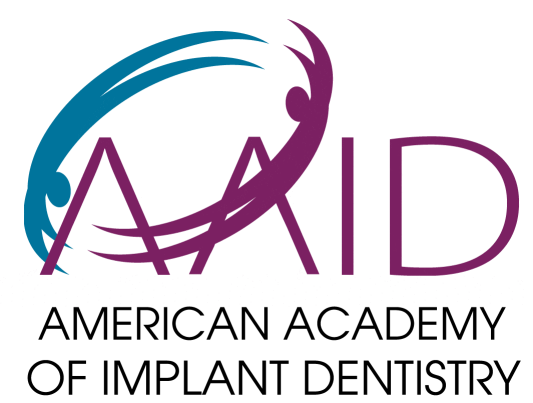Gum disease is primarily caused by bacterial plaque buildup along the gum line, but factors like poor oral hygiene, smoking, diabetes, and genetics also contribute to its development. The most effective treatments range from professional deep cleaning and scaling for mild cases to surgical interventions for advanced periodontal disease, with prevention through daily brushing, flossing, and regular dental checkups being the best defense.
When you brush your teeth, do you sometimes notice pink in the sink? That seemingly innocent sign could be your first warning of gum disease, a serious condition that affects nearly half of all adults over 30. While many dismiss bleeding gums as normal, this silent invader can progress from mild inflammation to severe periodontal disease, potentially leading to tooth loss if left unchecked.
The main causes of gum disease include:
- Bacterial plaque buildup from inadequate brushing and flossing
- Smoking and tobacco use which impair gum healing
- Underlying health conditions like diabetes and hormonal changes
- Genetic predisposition affecting immune response to bacteria
Treatment options vary based on severity:
- Non-surgical treatments including professional cleanings, scaling, and root planing
- Surgical procedures like gum grafts and pocket reduction surgery for advanced cases
- Maintenance therapy with regular monitoring and specialized care
The good news? Gum disease is both preventable and, in many cases, reversible when caught early at Lansdowne Family Dental.

Understanding Gum Diseases
Gum diseases, also known as periodontal diseases, are infections that affect the tissues holding our teeth in place. They range from simple gum inflammation, known as gingivitis, to severe diseases that result in damage to the soft tissue and bone supporting the teeth.
Causes of Gum Diseases
The primary cause of gum disease is the buildup of plaque, a sticky film of bacteria that forms on our teeth. If not removed through daily brushing and flossing, plaque can harden and form tartar, which brushing doesn’t clean. The longer plaque and tartar remain on the teeth, the more harmful they become, leading to gum diseases.
Symptoms to Watch Out For
- Red, swollen, or tender gums
- Bleeding while brushing or flossing
- Persistent bad breath
- Receding gums
- Formation of deep pockets between teeth and gums
- Loose or shifting teeth
Prevention: The First Line of Defense
Preventing gum diseases primarily revolves around maintaining good oral hygiene. Here are some effective preventive measures:
- Regular Brushing: Brushing after meals helps remove food particles and plaque trapped between your teeth and gums.
- Flossing: Daily flossing is equally important as it removes plaque and food particles from between the teeth and under the gumline.
- Regular Dental Check-ups: Visiting your dentist or periodontist regularly ensures that early signs of gum diseases are detected and treated before they become severe.
Treatment of Gum Diseases
The treatment of gum diseases depends on the type and severity of the disease. Here are some common treatments:
1/ Professional Dental Cleaning
This is the most common method to treat gingivitis. During a typical check-up, your dentist or dental hygienist will remove the plaque and tartar buildup.
2/ Scaling and Root Planing
This is a deep-cleaning method that removes plaque and tartar from above and below the gum line. It also smoothens rough spots on the tooth root, removing bacteria and providing a clean surface for the gums to reattach to the teeth.
3/ Medications
In some cases, medications might be used to treat gum diseases. These can include antiseptic mouthwashes, antibiotic gels, or oral antibiotics.
4/ Surgical Treatments
For advanced cases, surgical treatments like flap surgery or bone and tissue grafts might be necessary.
The Impact of Gum Diseases on Overall Health
It’s essential to understand that gum diseases can have implications beyond oral health. Research has indicated a link between gum diseases and other health problems like heart disease, diabetes, and respiratory diseases.
The Importance of Early Detection
Early detection of gum diseases can save you from potential tooth loss and expensive treatments. Regular dental check-ups play a crucial role in this.
For residents of Ashburn, Leesburg, Sterling, and Lansdowne, VA, choose Lansdowne Family Dental for quality dental care. We offer various dental services with a patient-centric approach. Start your dental journey with us. Contact us!
FAQs
- How often should I visit the dentist? Regular dental check-ups every six months are recommended. However, if you have a history of gum disease, more frequent visits might be necessary.
- Can gum diseases lead to tooth loss? Yes, if left untreated, severe gum diseases can lead to tooth loss.
- Are there any home remedies for gum diseases? While maintaining good oral hygiene is the best home remedy, it’s essential to consult a dentist for proper diagnosis and treatment.
- Is gum disease linked to other health problems? Yes, gum diseases have been linked to heart disease, diabetes, and respiratory diseases.
- Can children get gum diseases? Yes, children can get gingivitis, which is a mild form of gum disease.
- Is gum disease hereditary? While there’s a genetic component to gum diseases, factors like oral hygiene and lifestyle choices play a significant role.
Conclusion
Understanding gum diseases, their prevention, and treatment is crucial for maintaining optimal oral health. Regular dental check-ups, good oral hygiene practices, and early detection are the keys to keeping gum diseases at bay. Remember, a healthy mouth is a gateway to a healthy body.
Take the next step in ensuring your oral health. Schedule a dental check-up today and give your gums the care they deserve.






